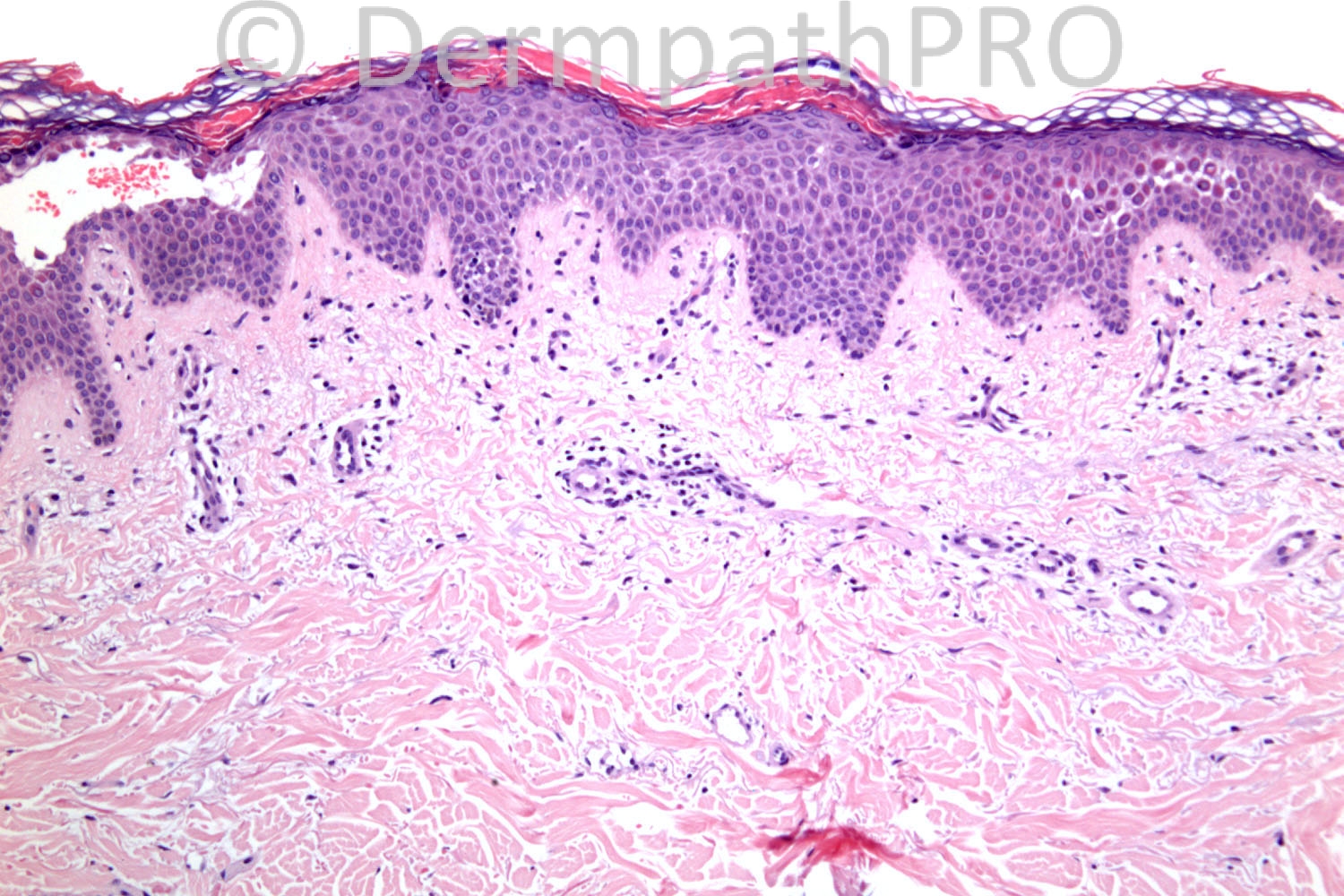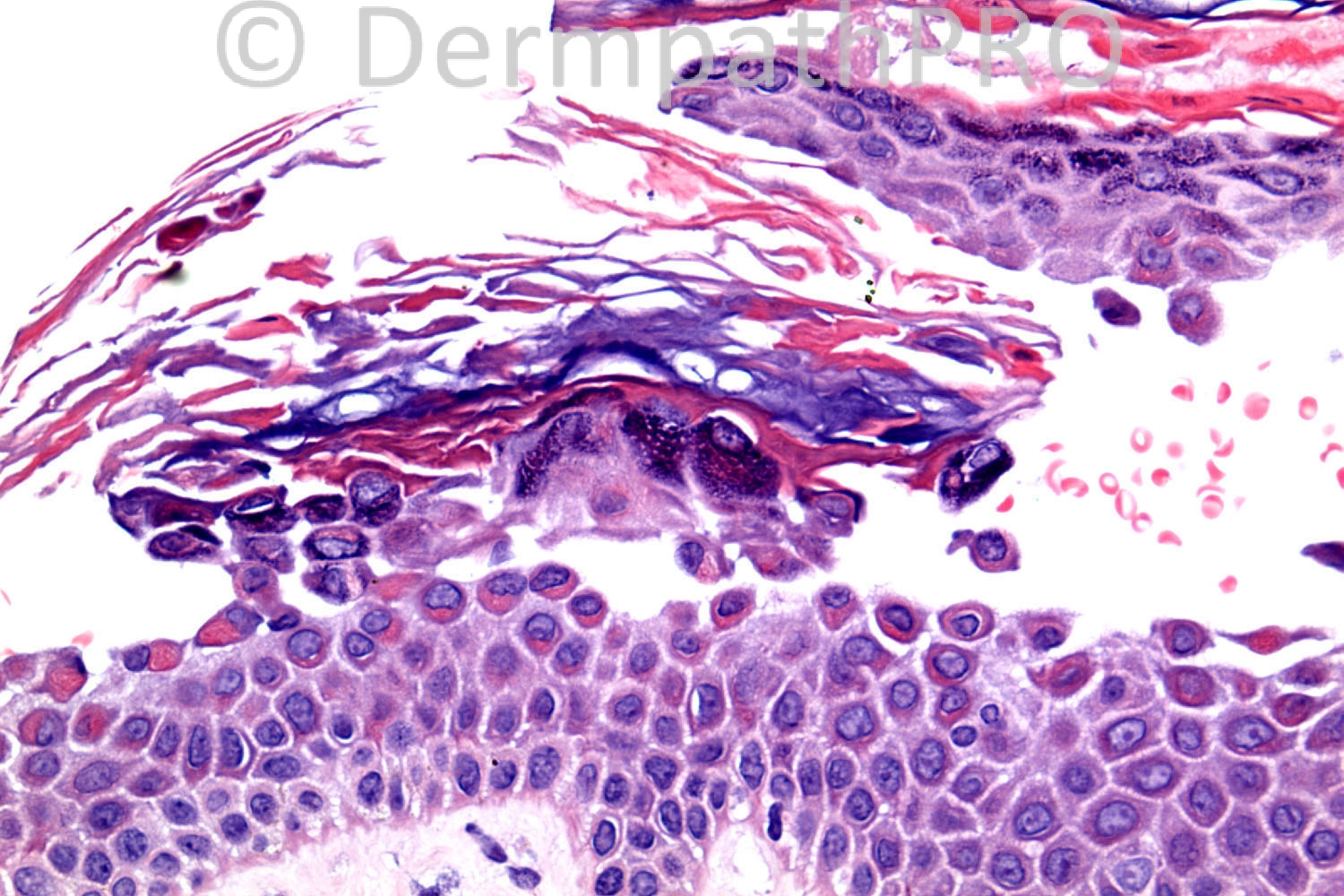Case Number : Case 846 - 13th September Posted By: Guest
Please read the clinical history and view the images by clicking on them before you proffer your diagnosis.
Submitted Date :
87 years old female. Eroded areas upper back and shoulder, one with collapsed blister.
Case posted by Dr. Richard Carr.
Case posted by Dr. Richard Carr.





Join the conversation
You can post now and register later. If you have an account, sign in now to post with your account.